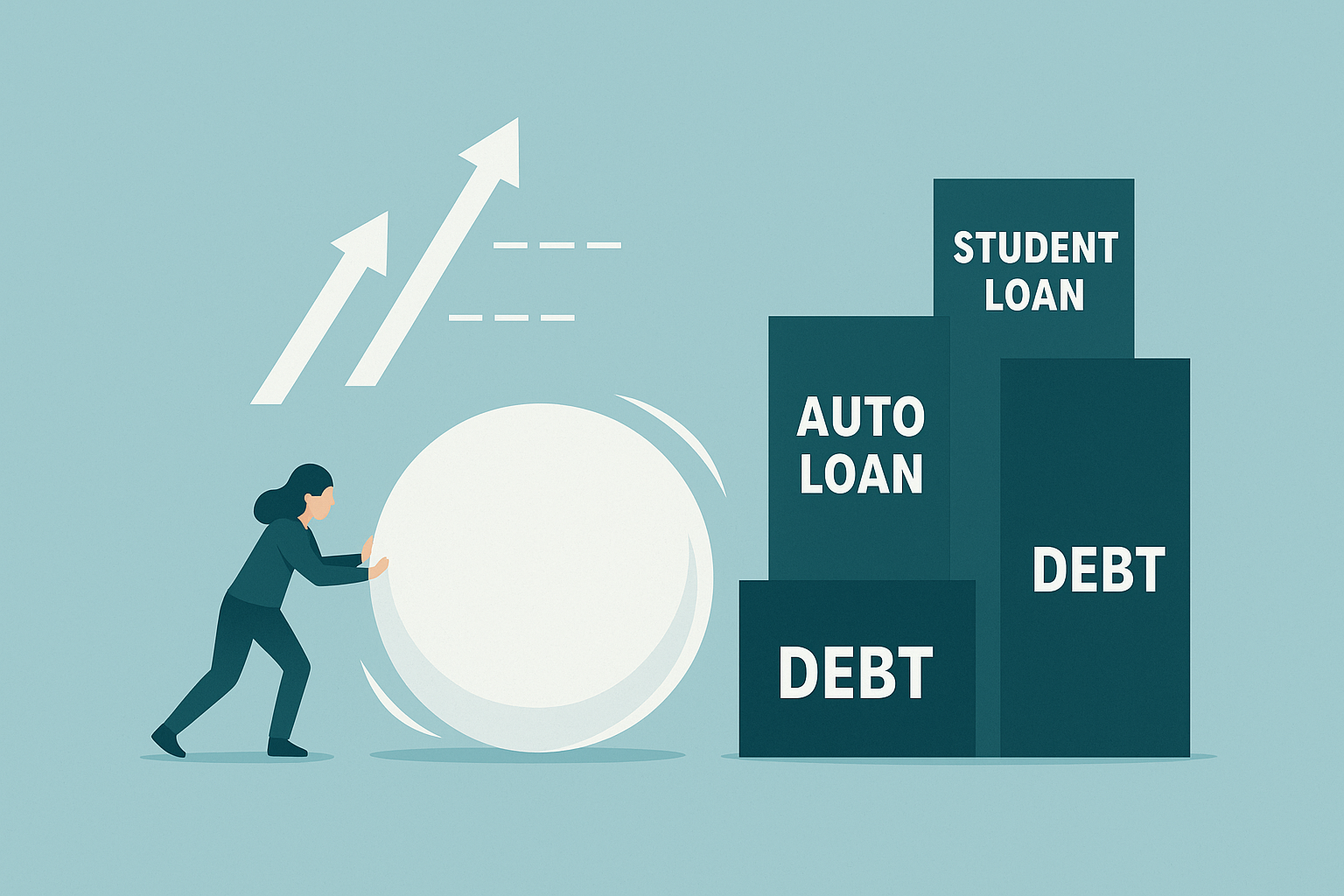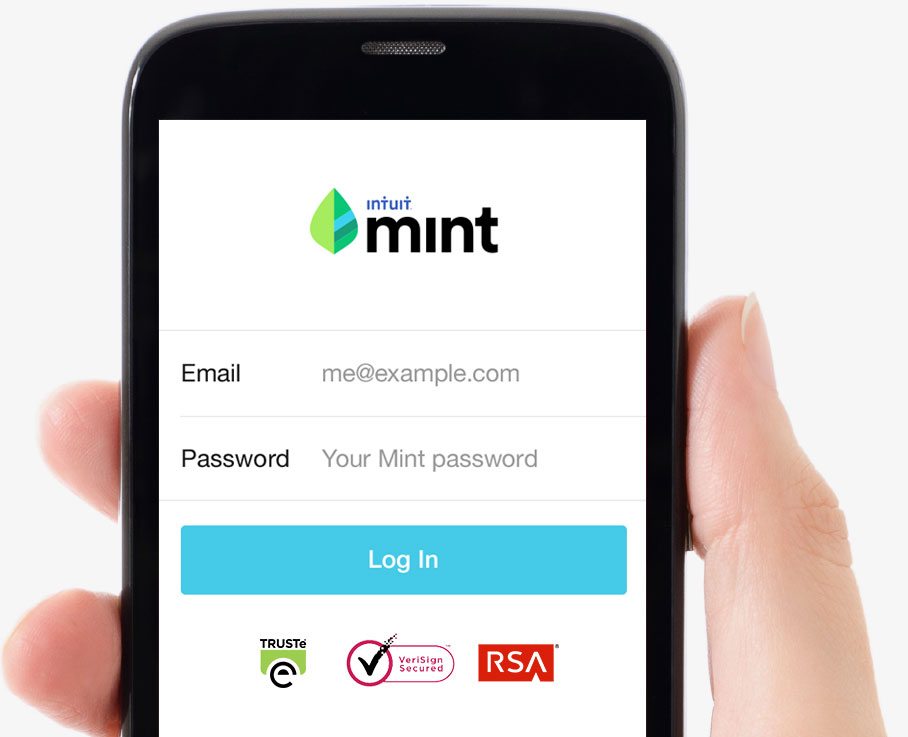Introduction
In a world where financial stress grips millions, a simple budgeting strategy has taken the internet—and households—by storm. Known as the “snowball method,” this approach to debt repayment has gone viral, especially on platforms like TikTok, where real people share raw, emotional, and inspiring stories of wiping out thousands in debt without the overwhelming paralysis that often comes with it. The power of the snowball method lies not in complex financial calculations but in basic psychology and achievable momentum. By focusing on small victories first, individuals are not just eliminating their debts—they’re rebuilding their confidence, habits, and overall financial well-being.
This article explores the snowball method in depth, breaking down how it works, why it works, the real-life results it’s generating, and how anyone—regardless of their income level or debt amount—can implement it. With personal finance influencers and everyday people praising its motivational power, the snowball method has emerged as more than just a trend. It is a mindset shift and a tool for lasting transformation.
Understanding The Basics: What Is The Snowball Method?
The snowball method is a debt repayment technique that involves paying off your smallest debts first, regardless of interest rate, while continuing to make minimum payments on the rest. Once the smallest debt is cleared, the money that was being used for that payment is added to the next smallest debt, creating a “snowball effect” as your payment amount grows larger over time. This approach contrasts with the “avalanche method,” which focuses on debts with the highest interest rates.
While the avalanche method is mathematically more efficient, studies and real-world results suggest that the snowball method is more effective for many people because it leverages emotional motivation and momentum. By achieving early victories and reducing the total number of accounts owed, individuals experience psychological progress that fuels their commitment to stay on track. In short, it’s not just about math—it’s about mindset.
Why The Snowball Method Works For Real People?
Debt is rarely just a financial issue—it’s deeply emotional. The burden of owing money to multiple sources can cause anxiety, shame, and a sense of helplessness. Many people facing mounting debt find it difficult to stay committed to a long-term repayment plan, especially when progress feels invisible. This is where the snowball method shines.
By tackling the smallest debt first, users can cross a goal off their list quickly. That single act of closure can spark a psychological reaction: progress feels real and attainable. This early win boosts self-esteem and builds momentum. It’s the same principle that makes completing small tasks on a to-do list feel satisfying. In the realm of debt, that sense of satisfaction translates into persistence. As people see fewer bills and decreasing balances, they gain the energy to continue, often accelerating the process far more than they expected.
Viral Momentum: How The Internet Boosted A Budgeting Tool?
The snowball method isn’t new. It has been championed by financial experts like Dave Ramsey for decades. But what’s different now is the way the method is being shared and adopted. Thanks to social media platforms like TikTok and Instagram Reels, the strategy has entered mainstream conversation, particularly among millennials and Gen Z users looking for relatable financial advice.
Dozens of influencers now post content showing how they paid off $5,000, $10,000, or even $50,000 in debt using the snowball method. These stories often include visuals of spreadsheets, budgeting apps, and celebratory moments of cutting up credit cards or making final payments. Some even go viral, gaining millions of views, not just because of the financial content, but because of the emotional journeys and real-life transformation stories behind them.
This peer-to-peer inspiration adds a powerful layer of accountability and community. People are no longer navigating debt in silence—they’re joining a movement that’s both practical and emotionally validating.
How To Start Your Own Debt Snowball?
Getting started with the snowball method requires just a few basic steps. First, list all your debts in order from the smallest balance to the largest. Ignore interest rates at this stage—the goal is psychological momentum. Next, determine how much extra money you can allocate toward your smallest debt. This might mean cutting back on discretionary spending or picking up a side gig temporarily.
Pay the minimum required on all other debts while focusing any additional funds on the smallest debt. Once that balance is paid in full, take that payment amount and apply it to the next debt in line—now with a larger monthly payment. Repeat this process until every debt is gone.
It is essential to stay consistent and track your progress. Many people find success by using budgeting apps or printable debt payoff trackers to visualize their journey. Seeing the number of debts shrink over time reinforces progress and keeps motivation high.
Psychological Power: Why The Smallest First Strategy Wins?
Many financial experts originally criticized the snowball method because it doesn’t save the most money on interest. However, that criticism misses the point. The method isn’t based on interest rates—it’s based on behavior change.
Human psychology favors fast feedback. Paying off a $200 debt feels achievable and provides instant gratification. That satisfaction leads to increased confidence, which then fuels more positive financial behaviors. It’s similar to how early wins in weight loss keep people on track with a new diet or exercise plan. The difference is that in debt repayment, the stakes are often more emotional—tied to freedom, self-worth, and family well-being.
Research backs this up. Studies from the Harvard Business Review and the Journal of Consumer Research have shown that people are more likely to stick with debt repayment plans when they see quick, tangible progress. The snowball method provides that feedback loop in a way that keeps people engaged for the long term.
It’s not just about reducing dollars—it’s about restoring dignity. And once that psychological engine is running, it often leads people to take bigger financial leaps, such as building savings, investing, or even starting a business.
Snowball Vs. Avalanche: Which One Should You Choose?
While the snowball method focuses on paying off the smallest debts first, the avalanche method targets the debts with the highest interest rates. From a purely financial standpoint, the avalanche method saves you more money in the long run. But that doesn’t make it better for everyone.
The real choice comes down to personality and priorities. If you’re someone who thrives on momentum, visible progress, and a sense of emotional satisfaction, then the snowball method is likely a better fit. If you’re more mathematically driven, disciplined, and emotionally detached from your debt, the avalanche method may serve you better.
Some people even combine both methods—starting with a few small wins using the snowball method to build motivation, then switching to the avalanche method for long-term interest savings. Ultimately, the “best” method is the one you can stick to. Success depends less on theory and more on sustainability.
Building Habits Beyond Debt Repayment
One of the most powerful side effects of the snowball method is how it builds lasting financial habits. People who go through the process often find themselves more disciplined in other areas of life. They create budgets, start emergency funds, learn how to say no to impulse purchases, and in many cases, begin investing for the first time.
The reason is simple: the same energy that fuels debt repayment can be redirected once the debt is gone. Instead of using that extra money to increase lifestyle expenses, many snowball graduates roll it into savings goals. The monthly payment that once went to a credit card now funds a Roth IRA or a down payment fund.
The transformation is holistic. It shifts people from survival mode to growth mode. Once you’ve proven you can conquer debt, confidence skyrockets—and financial literacy becomes a lifelong asset.
Technology And Tools To Support Your Journey
Fortunately, today’s digital landscape is filled with tools that make snowballing easier. Budgeting apps like YNAB (You Need A Budget), EveryDollar, and Mint allow users to input their debts, prioritize repayment order, and visualize progress. Many of these apps even send notifications when goals are reached or provide weekly summaries to reinforce momentum.
Social platforms have also evolved into support networks. Hashtags like #DebtFreeCommunity and #SnowballMethod offer a steady stream of motivation, advice, and accountability. Podcasts, YouTube channels, and online forums further supplement the journey, helping individuals stay engaged and informed.
These tools aren’t just digital conveniences—they’re community builders. They remind users that they’re not alone and that financial freedom is achievable with consistency and support.
Conclusion
The snowball method is more than just a debt repayment strategy—it is a mindset revolution that’s helping people all over the world regain control over their financial lives. Its simplicity, accessibility, and motivational power make it an ideal approach for individuals overwhelmed by debt and unsure where to begin. By shifting focus from mathematical perfection to psychological success, the snowball method turns abstract financial goals into tangible progress.
For many, the snowball method is the first step toward a greater transformation. It begins with a single small win—the payment of a tiny debt—and grows into a wave of confidence, discipline, and purpose. This snowball of change not only clears debts but builds financial literacy, emotional resilience, and long-term prosperity. As thousands of real-life stories show, it is not just a budgeting technique but a vehicle for hope and empowerment.


